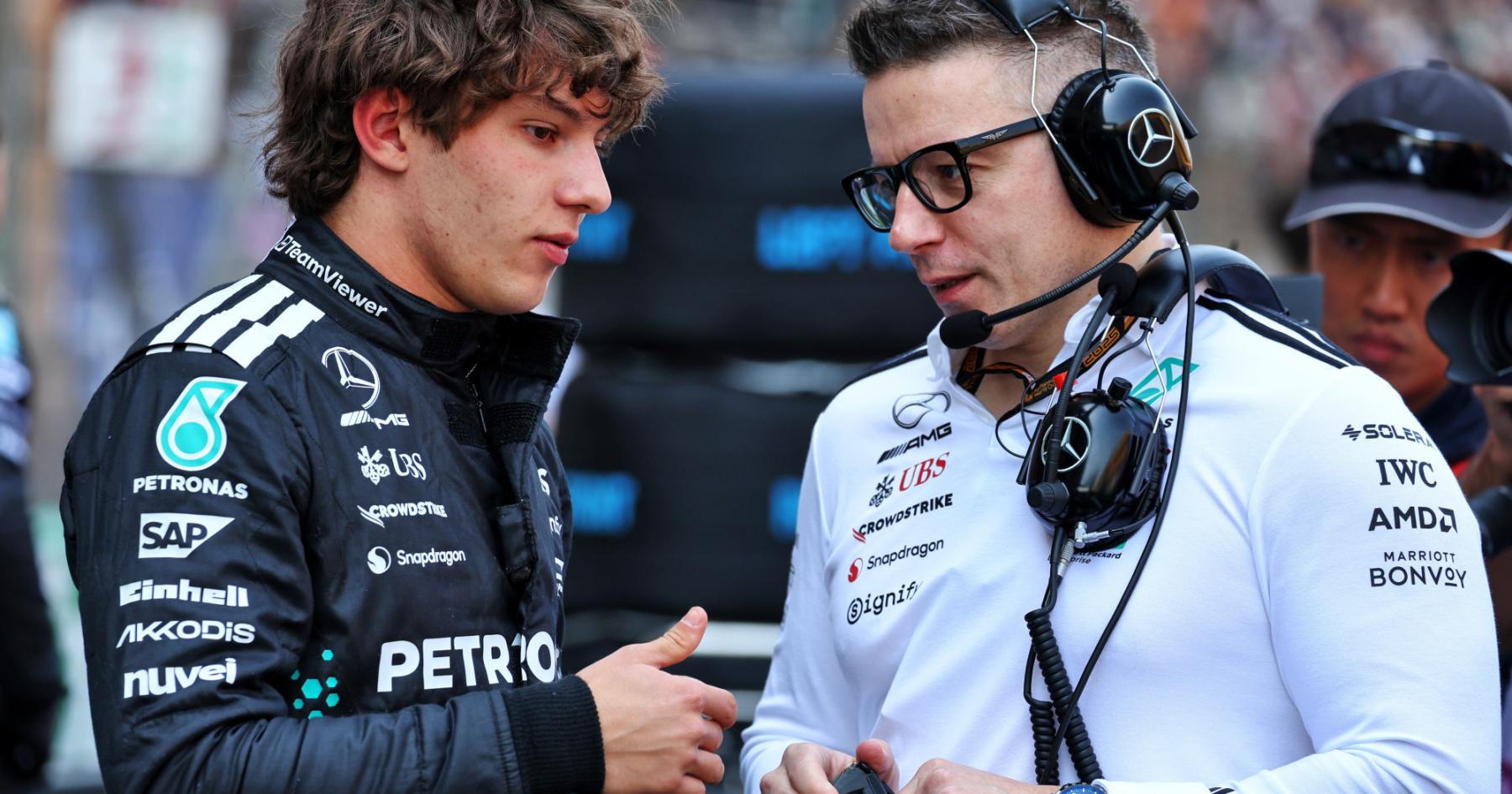Lewis Hamilton Error: Examining the Role of the Mercedes Engineer
Lewis Hamilton's recent race performance has sparked intense debate, particularly surrounding a crucial error that significantly impacted his results. While the blame ultimately rests with the seven-time world champion, the role of his Mercedes engineer, and the team's communication strategies, deserves closer scrutiny. This article delves into the incident, analyzing the contributing factors and exploring the broader implications for team performance and future strategies.
The Controversial Strategy Call: A Breakdown
The pivotal moment saw Hamilton suffer a costly mistake during [insert specific race and date here], resulting in [briefly explain the consequence of the error]. While Hamilton ultimately took responsibility for the decision, the communication between him and his engineer played a significant role in the unfolding events.
Communication Breakdown: Did the Team Fail Hamilton?
Many commentators and fans have questioned the clarity and effectiveness of the communication between Hamilton and his engineer. Was the information conveyed adequately? Was enough context provided to enable Hamilton to make an informed decision? The lack of crystal-clear communication could have contributed significantly to the error. Several points need further investigation:
- Timing of information: Was the information provided in a timely manner, allowing Hamilton sufficient time to react and adjust his driving strategy?
- Clarity of instructions: Was the instruction clear, concise, and easy to understand under pressure? Ambiguity can lead to misinterpretations with potentially disastrous consequences.
- Alternative strategies discussed: Were alternative strategies discussed and their potential consequences thoroughly explained? A proactive approach considering different scenarios could have prevented the issue.
The Engineer's Perspective: A Shared Responsibility?
While Hamilton bears ultimate responsibility for his actions on the track, it is crucial to acknowledge the role of the engineer. The engineer's job is not merely to provide data; it's to guide the driver, anticipate potential issues, and offer strategic direction. This requires:
- Deep understanding of the driver's strengths and weaknesses: An effective engineer tailors their communication and strategy recommendations to suit the individual driver's style and preferences.
- Proactive risk assessment: Anticipating potential challenges and proactively adjusting strategies to mitigate risks is essential for optimal performance.
- Clear and concise communication: The ability to convey complex information in a simple, understandable manner is critical under the intense pressure of a Formula 1 race.
Human Error: The Inescapable Factor
It's crucial to remember that even in the highly technical world of Formula 1, human error is inevitable. Both Hamilton and his engineer are highly skilled professionals operating under immense pressure. However, analyzing the incident objectively requires acknowledging that errors in communication and strategy can occur and contribute to suboptimal outcomes.
Lessons Learned and Future Implications
This incident provides valuable insights into the complex dynamics of driver-engineer relationships in Formula 1. Mercedes and other teams will undoubtedly review this incident to identify areas for improvement in communication and strategy development. Key takeaways include:
- Investing in improved communication protocols: Clearer, more robust communication systems could minimize the risk of misinterpretations and costly errors.
- Enhanced data visualization and presentation: Presenting complex data in a more accessible and easily digestible format can aid faster and more effective decision-making.
- Emphasis on proactive risk management: A stronger emphasis on anticipating potential challenges and developing contingency plans is vital for future success.
This incident highlights the crucial collaborative relationship between driver and engineer in Formula 1. While Hamilton’s error took center stage, a thorough analysis reveals a shared responsibility and underscores the importance of ongoing refinement in communication and strategy development. The lessons learned from this event will undoubtedly shape the future of the team's performance.
Keywords: Lewis Hamilton, Mercedes, F1, Formula 1, engineer, strategy error, race incident, communication, team performance, human error, driver-engineer relationship, analysis, investigation.
